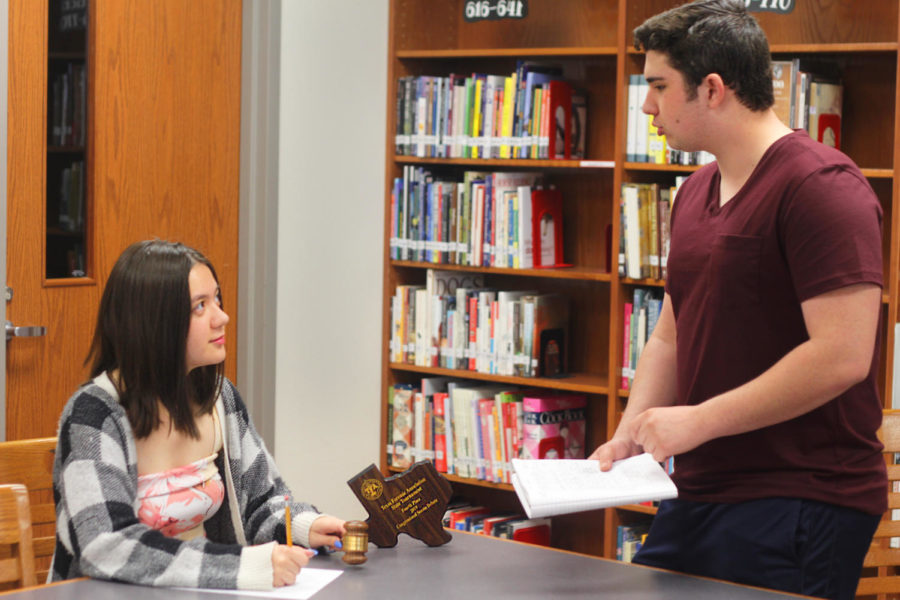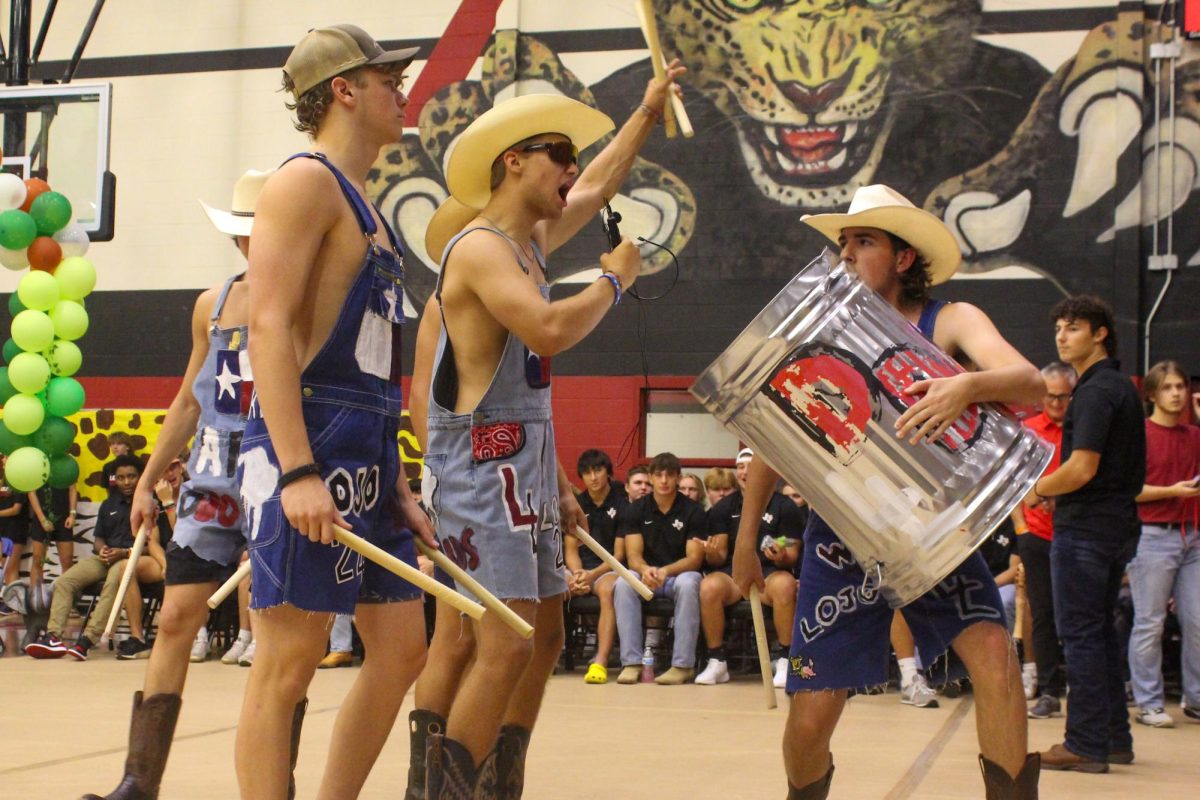The Red Ledger recently conducted a survey asking students about the classes they were taking. After reviewing the data and taking into account other considerations, The Red Ledger selected what it thought was the hardest sophomore, junior, senior, elective, and overall hardest class on campus. With no clear hardest class for freshman, The Red Ledger decided to discuss the transition to high school. Every Monday for the next two months, a new story will be released revealing what was selected as the hardest class for each grade.
Infamous for the rigor of the course load and the overly stressful tests that only occur once every six weeks, AP World History is widely considered one of the most time consuming classes on campus and the hardest sophomore class.
“The daily homework is difficult because it’s just a lot, and then the pop quizzes are hard, too, because you don’t know when they’re coming so walking into class every day is pretty stressful,” sophomore Natalie Scott said. “But the tests are the worst because they cover so much content and they are weighted really heavily since we don’t take very many.”
Even so, more than half of the sophomore class will sign up for the class each year.
“I wanted to challenge myself and get myself prepared for what my college classes are going to be like so I always knew I would take this class,” sophomore Rachel Tedder said.
Since it’s nearly every sophomores first AP class, many of them are not used to having homework and readings to complete almost every single night followed by pop quizzes.
“I think the reading probably starts off taking students about an hour or a little longer in the beginning because they’ve never done anything like it before, but then it gets either easier or quicker after a couple months,” AP World History teacher Kevin Finn said.
For some students that is the hardest aspect of the class.
“Just having continuous homework every night and the amount of content we have to cover makes it my hardest class,” Tedder said. “On average, I probably spend about an hour and a half to two hours doing the required reading each night.”
With time, though, the difficulty of the readings begins to change for many students.
“I think once you get into doing the homework you begin to better understand how the book works and it helps the students grasp more, even though they never believe that when you tell it to them,” Finn said.
After a while, students start to echo Finn’s sentiments.
“The quizzes have definitely gotten easier now that I’ve gotten the hang of how to do the homework and figured out what types of questions he’s going to ask and how,” Scott said.
Another difficult aspect of the class is that there is just one test per six-weeks, meaning that each test covers more than a months’ worth of content.
“One time I started studying a week before the test because it just covered so much content and I would study for about an hour each night,” Tedder said. “But usually I just start studying two nights before and then I’ll spend about 4 hours each night studying to try and remember it all. I got a lot better grade on the test that I studied ahead for, though.”
The other major grade that comes each six weeks is a timed essay that students typically take the day after the exam.
“The essays are so hard,” Scott said. “Getting the formatting down and the content in such a short period of time is ridiculous, so I never get a high score on them. If I had more time I would get a better grade since I rarely finish them with the current time we get.”
Even though students can struggle in his class, Finn has one of the highest passing rates at 94 percent for last year, boosting students’ confidence going into their AP exam.
“I feel like Mr. Finn is a really good teacher and that he’s really preparing us for the AP exam, so I’m not that worried about not being able to pass the exam,” Tedder said.
The benefits of taking this class expand beyond Finn’s classroom and the potential college credit.
“I hope students learn how to get organized, read a higher level textbook, are able to tackle tougher material than they are used to, and learn how to write academic essays,” Finn said.
Students agree that the structure of the class helps form the basis of their junior and senior study habits, as well as college ones.
“I’ve gained a lot of time management skills and how to actually study for tests, because I’ve never really had to study before,” Scott said. “I wanted to take this class because I thought it would prepare me for my college courses and I feel like it is.”
Sample Essay Prompts-
1. Analyze the political changes and continuities in Mexico from 1500 to 1914.
2. Analyze the economic changes and continuities in Mexico from 1500 to 1914.


























